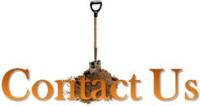Advice To Grow By
Water Conservation Tips
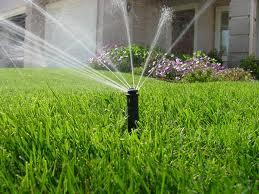

Click here for water conservation tips and tricks and help conserve water!
Garden Notes Blog
Previously Garden Notes Newsletter
Sign up for the San Joaquin UC Master Gardener Blog
Don't miss out on any of our seasonal and timely posts!
View all of our blog posts
Garden Notes Blog
-
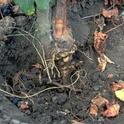
Pests of the Season
As spring unfolds its vibrant tapestry, so too emerges an array of garden pests threatening to disrupt the harmony. From insidious weeds to pesky insects and lurking diseases, our green sanctuaries face a seasonal onslaught. Lets look at three of the...
-
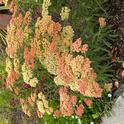
Here comes the sun: what gardeners should know about it
As I pondered a topic for this article, brilliant rays of sunlight penetrated the dark rain clouds, bathing my garden with a beautiful rosy glow. What perfect and timely inspiration. With respect to gardens, our sun is far more than a “mass of...
-
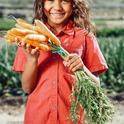
Plant, Pick, Prep, and Plate 'em Up!
Yep, we're talking about vegetables and fruits and the joy of homegrown food. Read on about vegetarian eating, getting the kids on the veggie train, a bit of food history, and recipes—some tried and deemed true by kids themselves. Kids + Fruits...
-
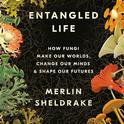
Growing Knowledge
“Entangled Life: How Fungi Make Our World, Change Our Minds & Shape Our Futures”Merlin Sheldrake. New York: Random House, 2022. The California Master Gardener Handbook (2015) introduces us to fungus in chapter six, which is titled...
-
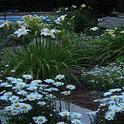
Your Garden at Night
When do you most love to be in your garden? A spring or summer morning comes to mind, or maybe a fall afternoon. Most gardeners spend plenty of time in the garden during the day; by observing as they tend to the plants, they are well aware of soil...
Calendar of events
| Event Name | Date |
|---|
UC Garden Blogs
-

Updated Pesticide Active Ingredient Database from UC IPM
The University of California Statewide IPM Program (UC IPM) has an exciting, newly updated resource to help you better understand pesticide active ingredients and the risks different active ingredients pose to people and the environment. The Pesticide...
-
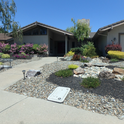
Patterns and drivers of water-wise landscaping for urban water conservation
Front yard with water-wise landscaping. Photo Credit: Cadenasso Lab, UC Davis California's urban water agencies have long relied on conservation measures to promote reliability and manage costs. Since landscapes are a large portion of water demand in...
-
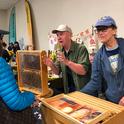
California Honey Festival: It Was All the Buzz
It was all the buzz. Thousands of bee and honey enthusiasts made a beeline for the California Honey Festival, held last Saturday on the Yolo County Fairgrounds. The annual festival, relocated this year from the streets of downtown...
-
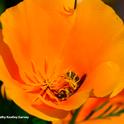
No Sweat....Just Pollen...
Look closely at a patch of California golden poppies and you may see a sweat bee (genus Halictus) collecting gold pollen. The pollen basket is on the hind legs but you'll see "gold" also dusting the head and abdomen. Native bee, commonly...


